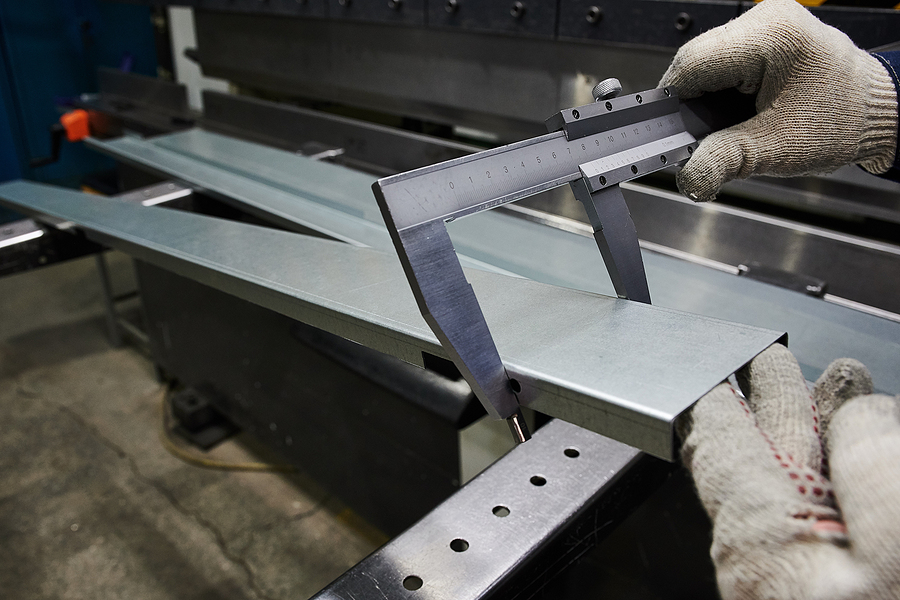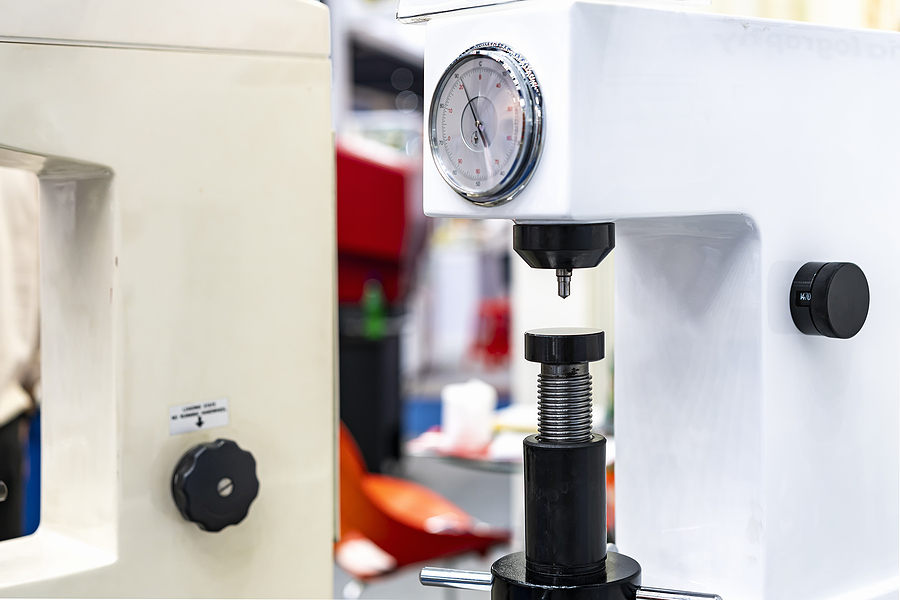Every Technician’s Toolbox | Quality Inspection
As you know, every technician has a toolbox. Many of the tools are mechanical in nature to include wrenches, pliers, drivers, etc., but also critical to the toolbox are inspection or precision measurement tools ensuring the quality of work performed. Here’s our version of every technician’s toolbox as it relates to quality operations. It is important to note that some of these items are provided by employers due to the nature of the equipment or calibrations required so when it’s time to build your toolbox, consider those most critical to your role.
Inspection Tools
-
Calipers:
These tools measure the ID and OD of an object. Types of calipers include Dial Calipers, Vernier Calipers, and Digital Calipers. You can find the differences
here
.

- Gauges
-
Thread Gauges (also known as screw gauges or pitch gauges). These measure the pitch of a screw thread.
-
Go/No Go Gauges (including plug gauges, snap gauges, ring gauges). These perform very simple inspections by checking the dimensional limits of parts. You can find the differences
here
.
- Chamfer Gauges
determine the top diameter of tapered or chamfered holes and countersinks.
-
Depth Gauges/
Depth Micrometers
used to measure depth, holes, slots, etc.
-
Height Gauges
measure (and set) heights of objects/vertical distances of an object.
-
-
Hardness Tester
measures the hardness of material (or Rockwell Hardness
). The method for using these is determined by the type of material.

-
Indicators: used to align workpieces in machines or fixtures, inspect circular pieces after grind operations, analyze surface roughness, among other items.
-
Dial Test Indicators
.
-
Plunge Indicators.
-
Travel Indicators.
-
-
Micrometers
: measure depth, length, and thickness of components.
-
Surface Comparators
: measure surface roughness and/or finish.
-
Surface Plates
: solid, flat, granite/cast iron plates used as reference points horizontally to gauge whether a surface is flat, concave, or convex.
Tool Tidbits
Many of these tools are either analog or digital in nature. What does that mean? Think of an analog clock where the time is read in the form of hands positioned at specific numbers while a digital clock reads out just the numbers. These tools have the capability to operate in one or the other, as well.
Some of these tools use the Metric measurement system to read out measurements while others use the Imperial measurement system. If you’re not sure what those are, check this out.
It’s critical that these tools be calibrated. The process to calibrate tools ensure that all tools are measuring accurately and consistently, providing reliability of the instrument and trust in the measurements determined.
Technicians and Their Tools
Most technicians who use these tools are CNC Operators, CNC Machinists, Quality Inspectors, and CMM Programmers as well as some general Machine Operators. In these roles, it is important to perform pre-inspection, in-process inspection, and post- (or final) inspection to ensure all operations performed were done to specification and quality standards. Remember, safety first, quality second.






